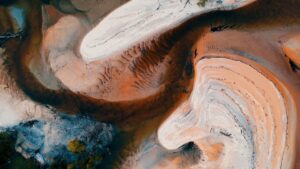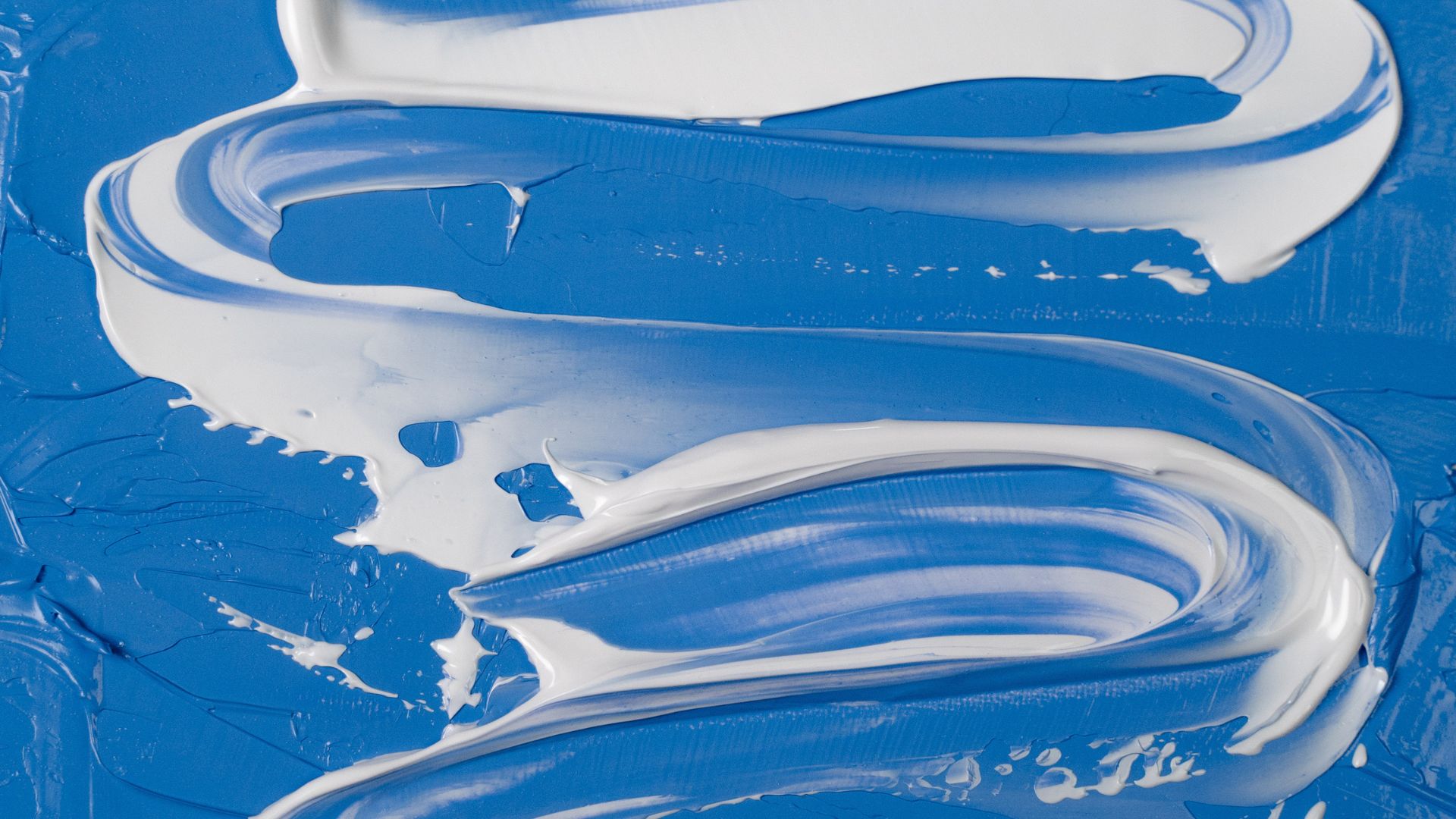The choice of wall paint can look quite different on a canvas compared to its appearance on a wall. Understanding this distinction is crucial, especially for artists seeking to translate their wall paint inspiration onto canvas.
Understanding Color Dynamics:
Pigment Density and Texture:
The texture and density of the canvas versus a wall’s surface can significantly impact how the paint appears. Canvas tends to absorb paint, altering its hue and tone. On a wall, the paint sits atop the surface, often reflecting light differently.
Lighting Variations:
Lighting conditions play a pivotal role. The light hitting a canvas within an artist’s studio might differ drastically from the lighting in a room where the wall paint will be applied. This variation can cause notable differences in color perception.

Underlying Base Color:
Another factor is the canvas’s base color. Unlike a white wall, a canvas often has a neutral or tinted base, affecting how paint colors layer and interact.
Tips for Artists:
Test and Experiment:
Artists should conduct paint trials on a small canvas or sample board. This helps gauge how the chosen wall paint translates onto canvas and allows adjustments before committing to a larger piece.
Consider Priming:
Primed canvases offer a consistent base, minimizing the influence of the canvas’s texture or base color on the paint’s appearance. Selecting the right primer can also enhance the vibrancy of the wall paint.
Adjust for Lighting:
When replicating wall paint on canvas, considering the intended lighting environment can guide color choices. Adapting the shades or tones to suit specific lighting conditions helps ensure the desired effect.
External Resources:
For further insight into paint dynamics and color perception, explore these resources:
- Color Theory Basics – Canva provides a comprehensive guide to color theory, helping understand how colors interact.
- Choosing the Right Primer for Your Canvas – Art is Fun explores the importance of primers for canvas and their impact on paint appearance.
- Understanding Lighting in Art – Artist’s Network delves into the significance of lighting in art and its effect on color perception.
Translating Wall Paint to Canvas:
Color Mixing and Consistency:
Artists often face challenges in replicating the exact hue, shade, or texture of wall paint onto canvas. Mixing pigments to match the specific color might require adjustments due to the inherent differences in the mediums.
Paint Application Techniques:
The way paint is applied can also affect its appearance. Brushstrokes, layering, and blending techniques play a pivotal role in mimicking the texture and finish of wall paint on canvas.
Surface Preparation:
Preparing the canvas surface is crucial. Some artists prefer a smooth surface akin to a wall’s finish, while others embrace the canvas’s texture to add depth and character to their artwork.
Practical Considerations:
Environment and Surroundings:
Art created on canvas might eventually hang in diverse environments. Considering the surrounding colors and ambiance can influence an artist’s choice of paint tones and how they harmonize within different settings.
Artistic Interpretation:
While striving for accuracy, artists often incorporate their interpretation and artistic flair when transposing wall paint onto canvas. This interpretation can result in a unique representation, diverging from the original wall paint but still capturing its essence.
Audience Perception:
Art is subjective, and audience perception adds another layer of complexity. Viewers might perceive the colors differently based on their experiences, adding an intriguing dimension to the artwork.
Conclusion:
Translating wall paint to canvas involves navigating various factors such as texture, lighting, color mixing, and artistic interpretation. Artists need to experiment, adapt, and creatively interpret the essence of wall paint to achieve their desired artistic expression on canvas.
Understanding these nuances empowers artists to embrace the differences between wall paint and canvas, creating compelling and unique artworks that captivate viewers’ imaginations.
Through experimentation, technique refinement, and an understanding of color dynamics, artists can bridge the gap between the inspiration drawn from wall paint and its manifestation on canvas, resulting in visually stunning and evocative art pieces.
By acknowledging these differences and embracing the creative process, artists can harness the unique qualities of canvas to produce captivating artworks that stand as vibrant reflections of their vision and creativity.
Comparison tabular
| Aspect | Wall Paint | Canvas |
|---|---|---|
| Surface Texture | Generally smooth | Textured, absorbs paint |
| Color Perception | Reflects light, appears consistent | Absorbs paint, affected by base color and texture |
| Lighting Influence | Minimal impact | Significant effect based on environment |
| Base Color | Typically white | Neutral or tinted base |
| Application | Directly applied | Requires preparation, mixing, and specific techniques |
| Environment Consideration | Fixed environment, less variability | Variable settings, adapts to surroundings |
| Audience Perception | Consistent experience | Subjective perception based on personal context |
Understanding these differences helps artists adapt their techniques and approaches when replicating wall paint on canvas, ensuring a harmonious translation of their creative vision.
Wrapping up
Translating wall paint onto canvas is a fascinating journey for artists, bridging the gap between inspiration and creation. While differences exist in texture, color perception, and application, these disparities offer an exciting opportunity for artistic interpretation and creativity.
Navigating the nuances between wall paint and canvas involves experimentation, adaptation, and an understanding of color dynamics. Embracing these differences empowers artists to craft unique, captivating artworks that resonate with viewers.
By acknowledging the variations in surface, lighting influence, and audience perception, artists can harness the essence of wall paint and infuse it onto canvas, creating visually stunning pieces that reflect their imagination and artistic flair.
In the realm of art, these distinctions add depth and character to each creation, transforming a simple translation of paint from one medium to another into an expression of creativity, ingenuity, and individuality. Embrace the journey, experiment boldly, and let your canvas reflect the vibrant colors of your artistic vision.

For over a decade, I’ve been Mike, an artist, crafter, and designer deeply immersed in the Croc world. I thrive on crafting unique, size-inclusive patterns, fostering creativity, and sharing them on ktforum.com. My designs aim to ignite your creative spark and delight you, ensuring clarity and ease of use through rigorous testing. Join me in expressing your creative flair and showcasing your craft with joy.
Related Posts
- Can You Paint Over Existing Wall Paint on Canvas
If you're an aspiring artist or someone enthusiastic about trying their hand at painting, you…
- Ensuring Longevity: Wall Paint on Canvas
When it comes to painting, the canvas serves as an artist's playground, a surface that…
- Exploring Temporary Art with Wall Paint on Canvas
When it comes to art, experimentation knows no bounds. Have you ever considered using wall…
- Techniques for using wall paint on canvas
Painting on canvas with wall paint can yield fantastic results, but it requires a few…

